Located about 70 km northwest of Ho Chi Minh City, Cu Chi tunnels are a great military construction, symbolizing the patriotism, intelligence and indomitable will of the Vietnamese people during the 30-year resistance war against invaders. With a tunnel system of more than 250 km long, Cu Chi tunnels are not only a military base but also a place for activities, meetings and fighting of the local army and people. This is a testament to the strength and indomitable spirit of the Cu Chi people, contributing to the great victory in the resistance war against the US to save the country.
Cu Chi Tunnels began to be built during the years of resistance against the French (1945-1954) and developed strongly during the resistance against the US later. Initially, the short tunnel sections were only shelters for revolutionary cadres, but with creativity and fighting needs, the tunnel system was expanded to different areas, becoming an "underground city" with full living and fighting facilities, from meeting rooms, kitchens, medical bunkers to fighting nests, trenches and weapons storage. The tunnels were not only a normal military structure but also a place to preserve the spirit of solidarity and great sacrifice of the Vietnamese army and people.
President of Argentina – Cristina Fernández de Kirchner visits Cu Chi Tunnels. Photo: diadaocuchi.com
Faced with the overwhelming military power of the enemy, the army and people of Cu Chi had no choice but to rely on the tunnels to fight back. Each winding tunnel section, dug with primitive tools such as hoes, shovels and bamboo shovels, became powerful "weapons", helping the army and people of Cu Chi hide from the fierce attacks of the enemy. The tunnel branches were intelligently designed, with many secret entrances, vents and a system of traps, mines... which surprised the enemy many times and made them admit that the tunnels were "dangerous secret areas" that could not be easily defeated.
The tunnel system was divided into many levels, with an “upper” level and a “lower” level (deeper level) to ensure absolute safety against enemy bomb and bullet attacks. The tunnels located deep underground not only protected against artillery and tank shells, but also provided Cu Chi people with a safe hiding place for a long time. Underground, all living and fighting activities of Cu Chi soldiers and people still took place normally, from cooking with the Hoang Cam stove to hide smoke, to organizing strategic meetings, treating wounded soldiers and even performing arts activities and showing movies to maintain morale during the fierce war days.
Meeting room of the Saigon – Cho Lon – Gia Dinh Military Region Command. Photo: diadaocuchi.com
Despite living and fighting underground in harsh conditions, lacking oxygen, light and space, the army and people of Cu Chi still persevered and promoted their creative spirit. The more difficulties they faced, the stronger their will was. Cu Chi tunnels were a solid defense and a living symbol of patriotism, indomitable resilience and determination to defeat the enemy. The revolutionary soldiers, with the enthusiastic support of the local people, continuously expanded the tunnel network, connecting each commune and hamlet, forming a complete system, both protecting safety and supporting the army to move flexibly in fierce battles.
Anatomical tunnel. Photo: diadaocuchi.com
Today, the Cu Chi tunnels are an important historical site and a symbol of the indomitable fighting spirit of the Vietnamese people. Every year, millions of tourists from all over the world come to visit and learn about the glorious past of Cu Chi, where the miraculous tunnel system contributed to glorious victories. Heads of state, politicians, generals and veterans from many countries, when setting foot in the tunnels, are always surprised and impressed by the indomitable spirit and strong will of the Vietnamese people.
The Cu Chi Tunnels are a powerful testament to the power of patriotism, solidarity and the iron will of an entire nation. Although the country has entered a period of peace and development, the values that the Cu Chi Tunnels bring remain intact, a meaningful reminder of a glorious period of resistance, an endless source of inspiration for today's and future generations.


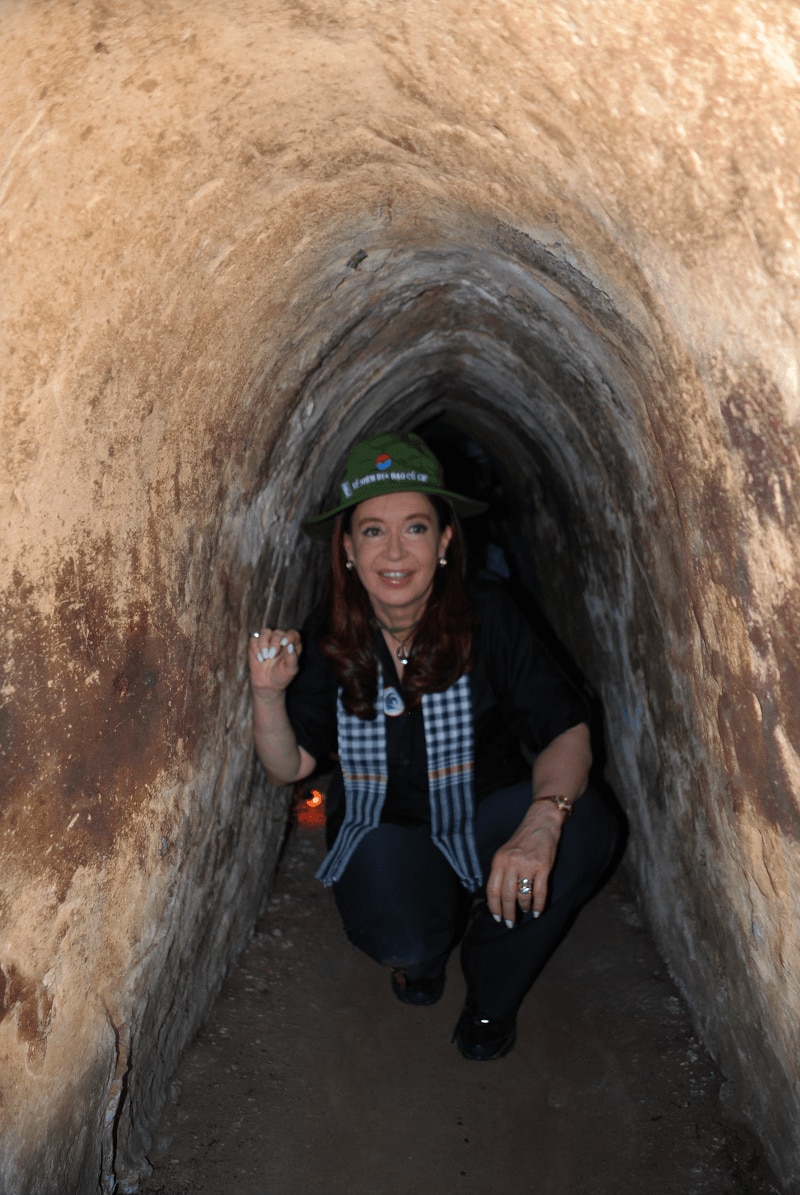
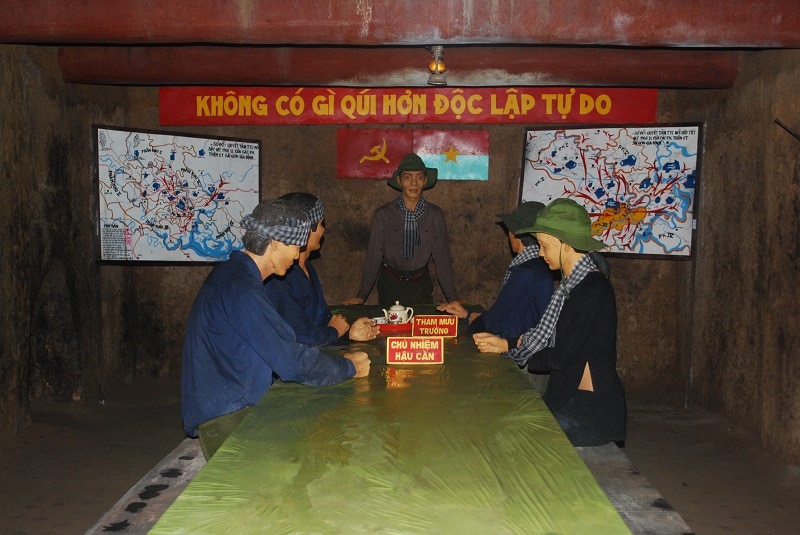
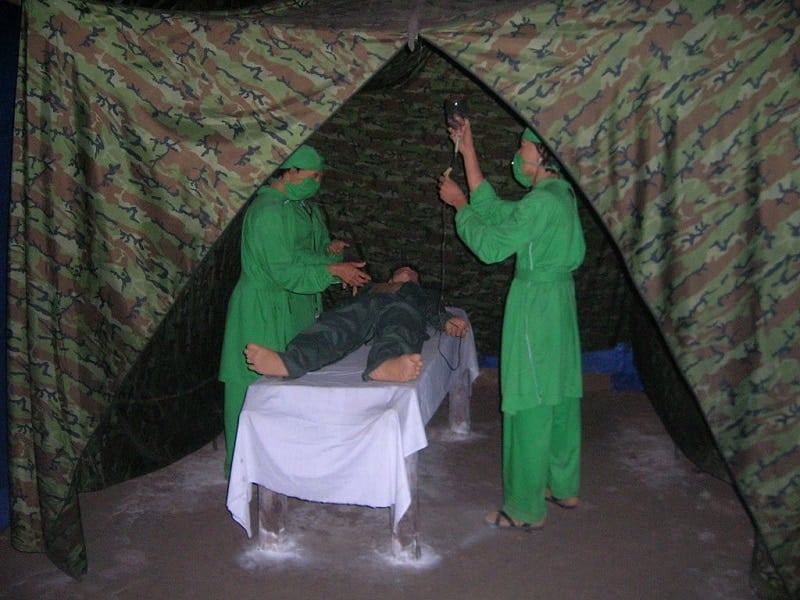
![[Photo] Prime Minister Pham Minh Chinh meets with King Philippe of Belgium](https://vstatic.vietnam.vn/vietnam/resource/IMAGE/2025/4/1/be2f9ad3b17843b9b8f8dee6f2d227e7)
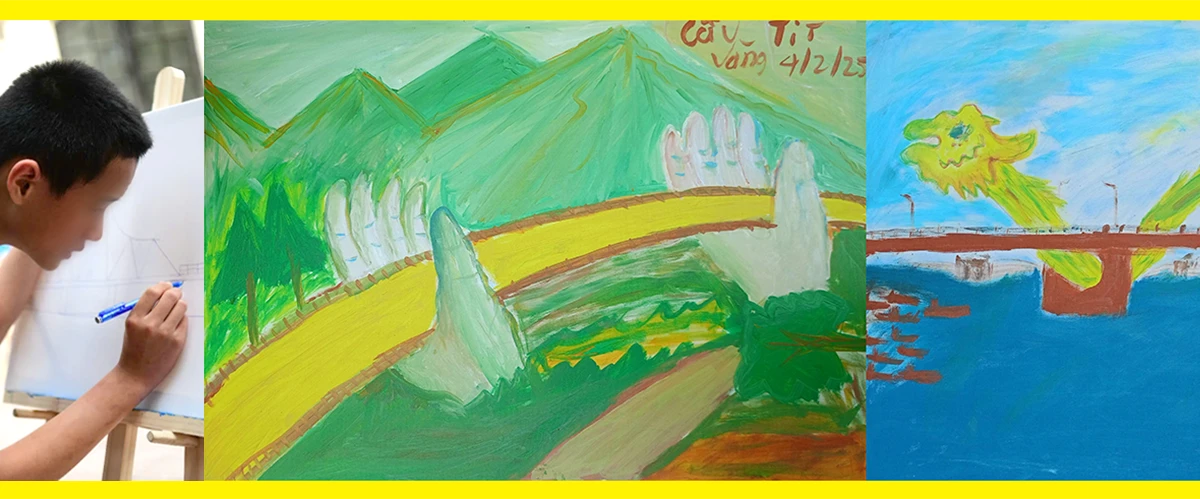

![[Photo] Close-up of Vietnam's sniffer dog team searching for earthquake victims in Myanmar](https://vstatic.vietnam.vn/vietnam/resource/IMAGE/2025/4/1/d4949a0510ba40af93a15359b5450df2)
![[Photo] General Secretary To Lam receives King Philippe of Belgium](https://vstatic.vietnam.vn/vietnam/resource/IMAGE/2025/4/1/e5963137a0c9428dabb93bdb34b86d7c)
![[Photo] President Luong Cuong and King Philippe of Belgium visit Thang Long Imperial Citadel](https://vstatic.vietnam.vn/vietnam/resource/IMAGE/2025/4/1/cb080a6652f84a1291edc3d2ee50f631)


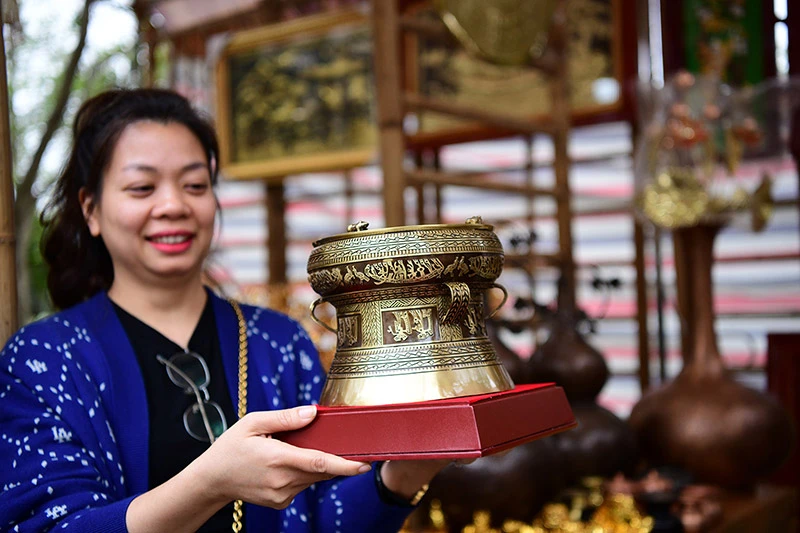

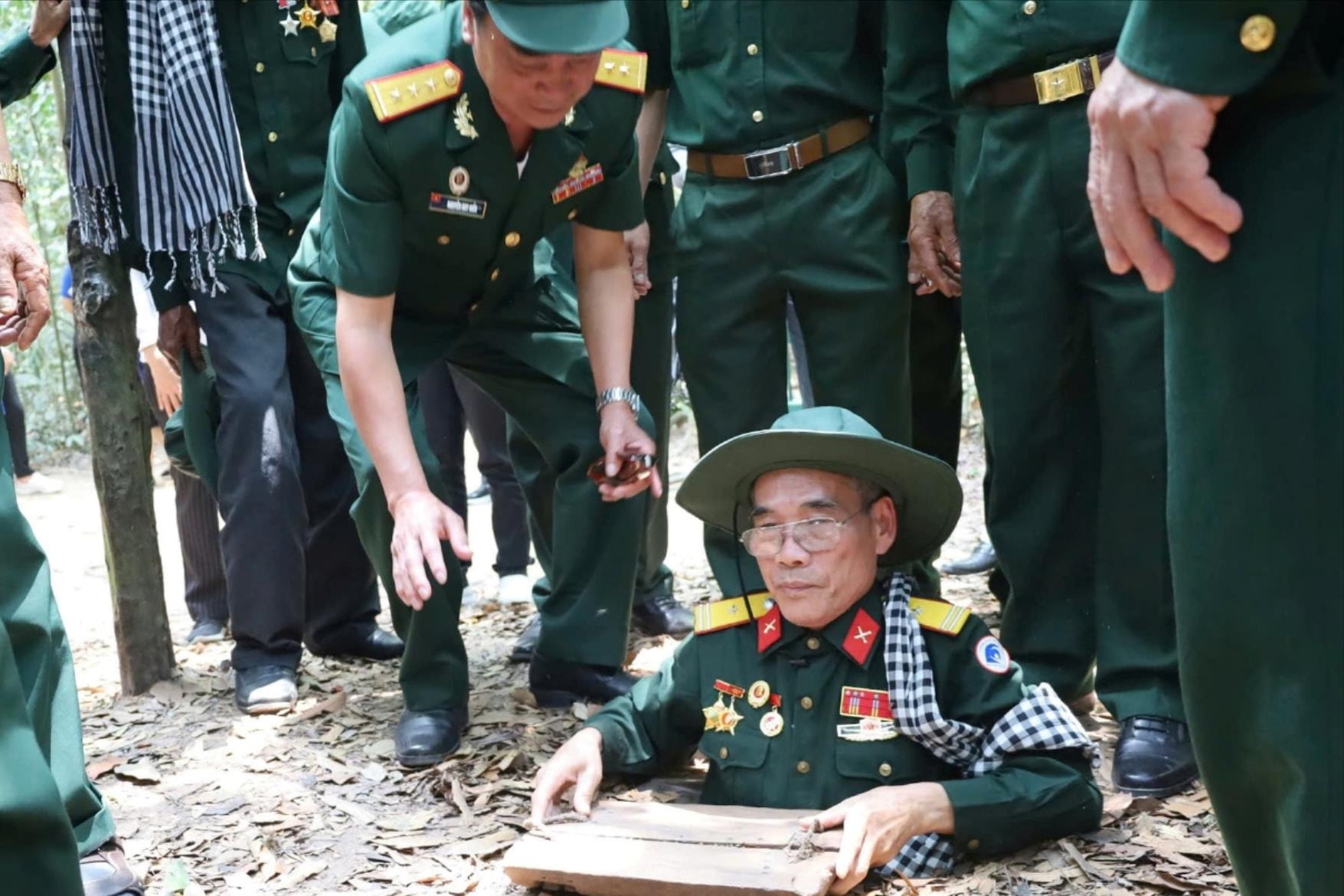





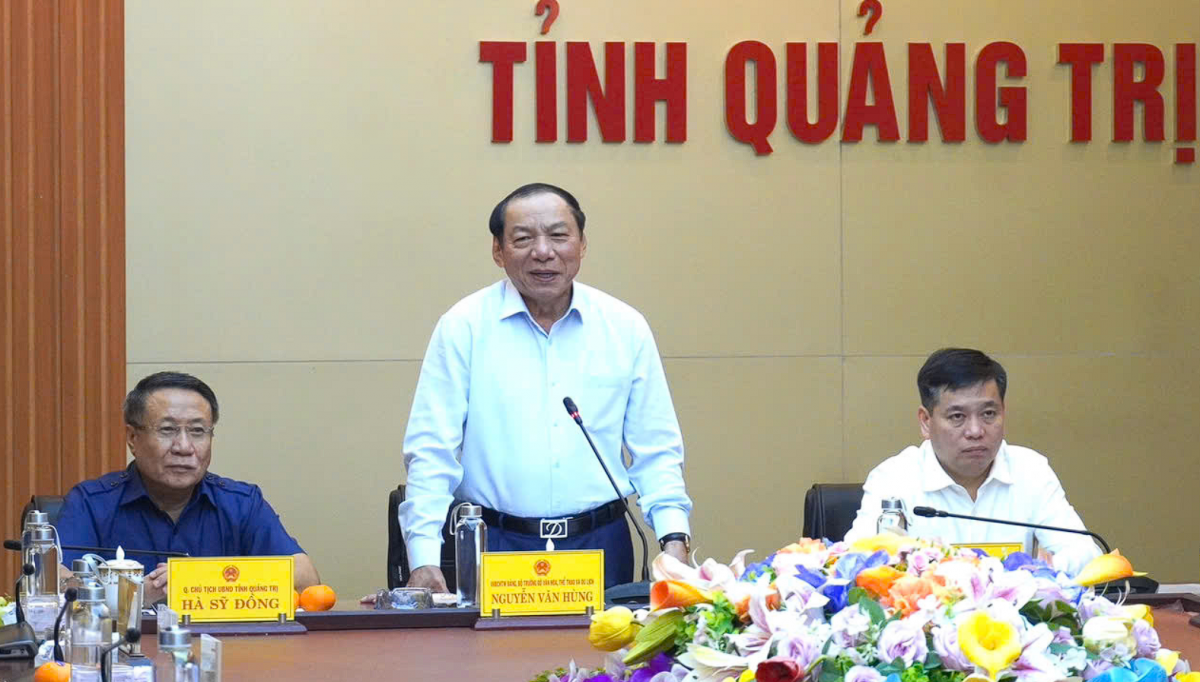




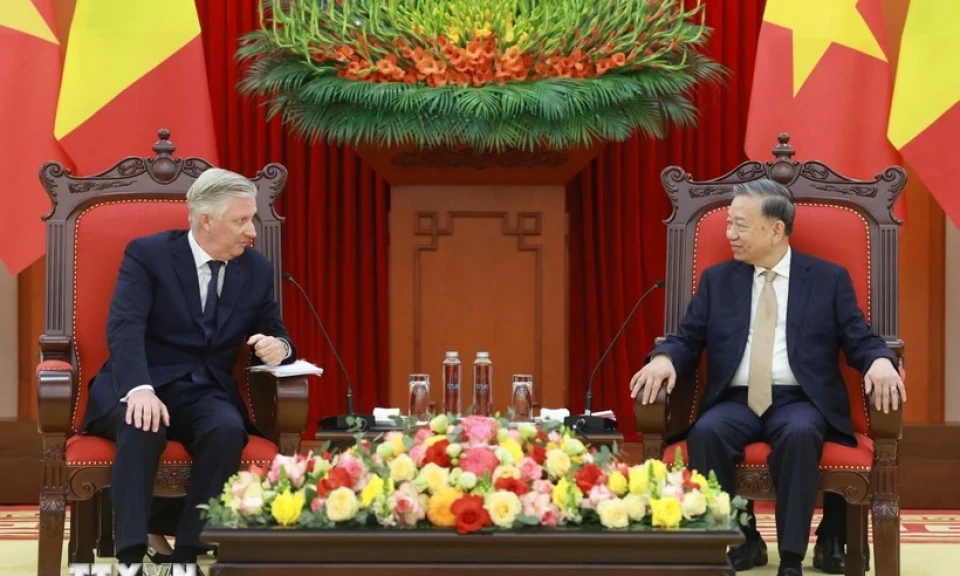
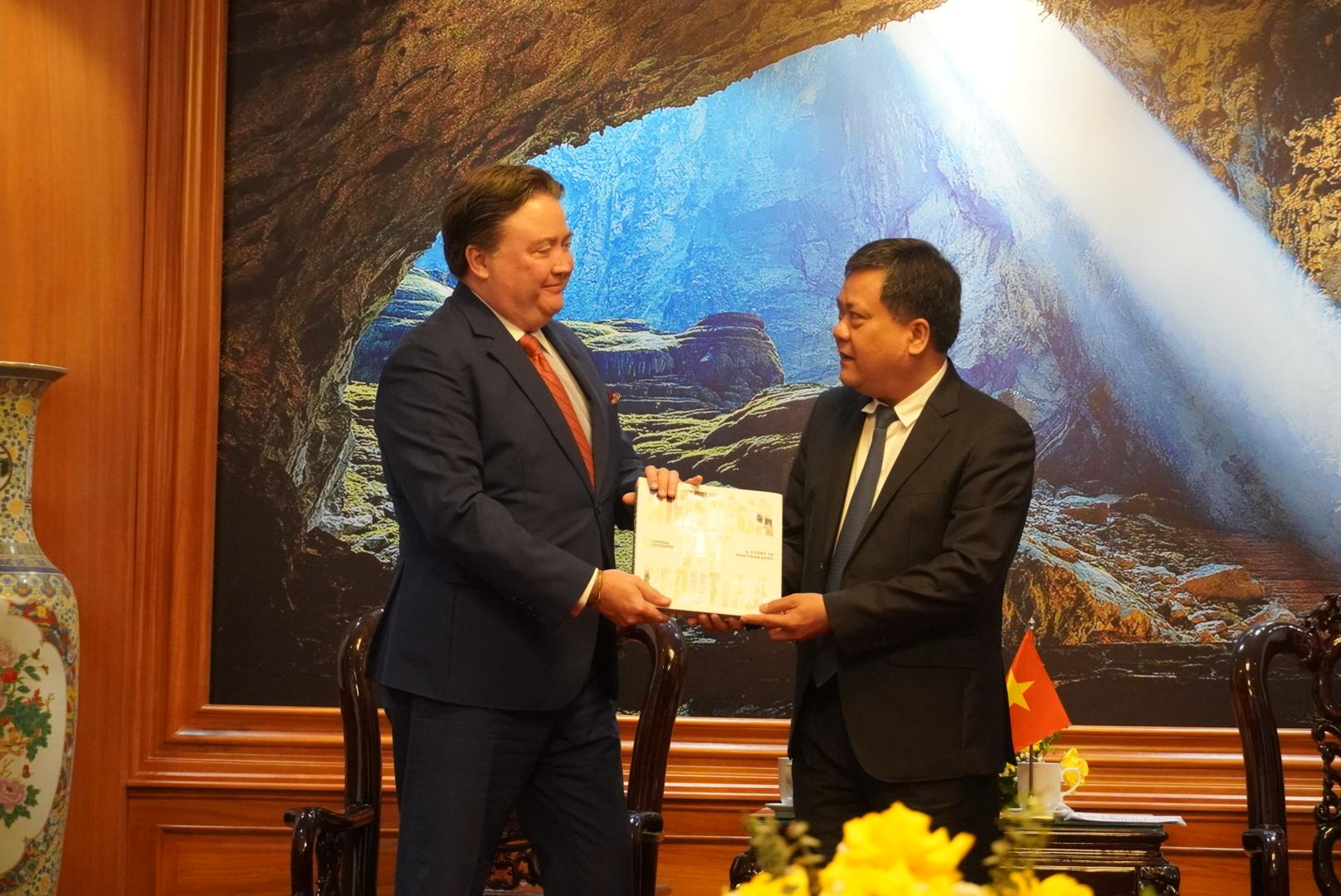




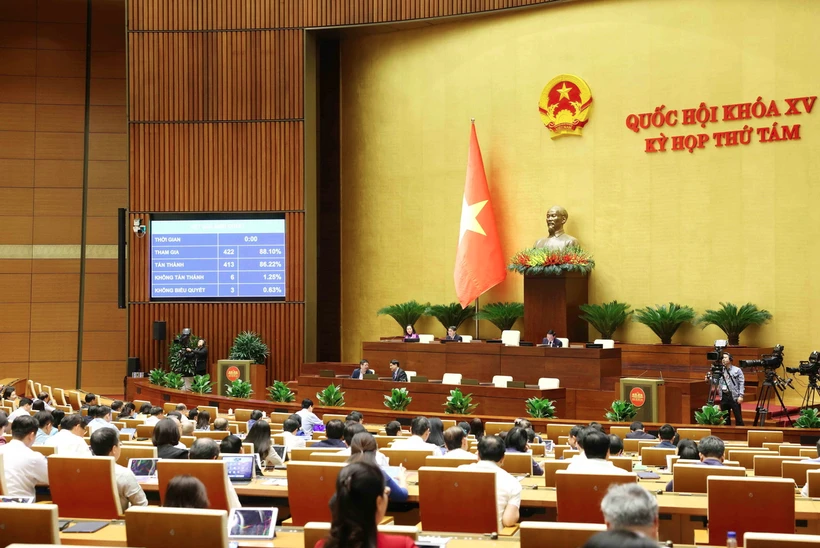
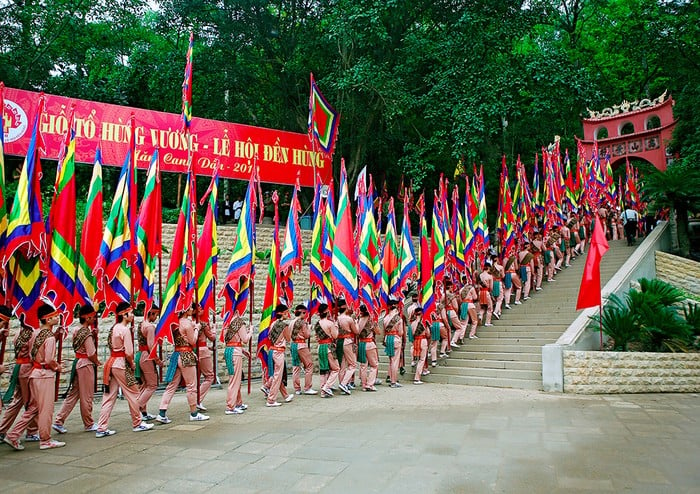
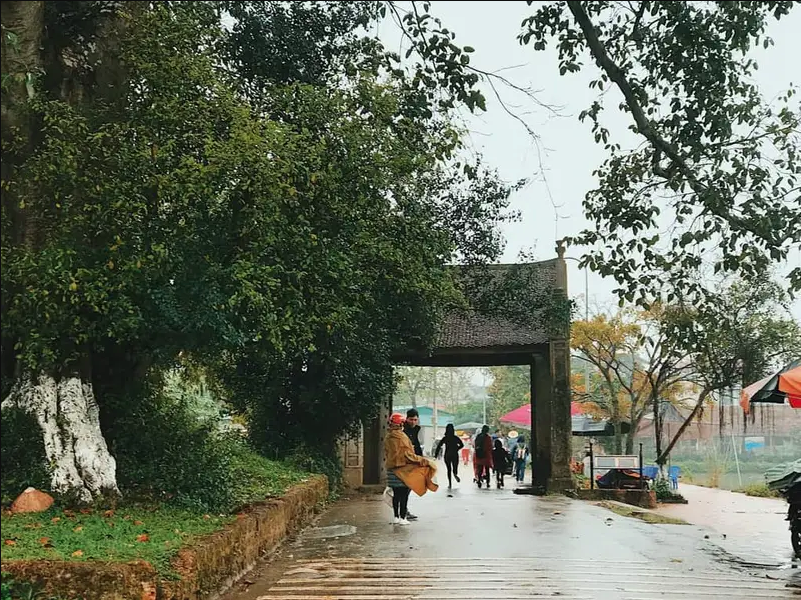
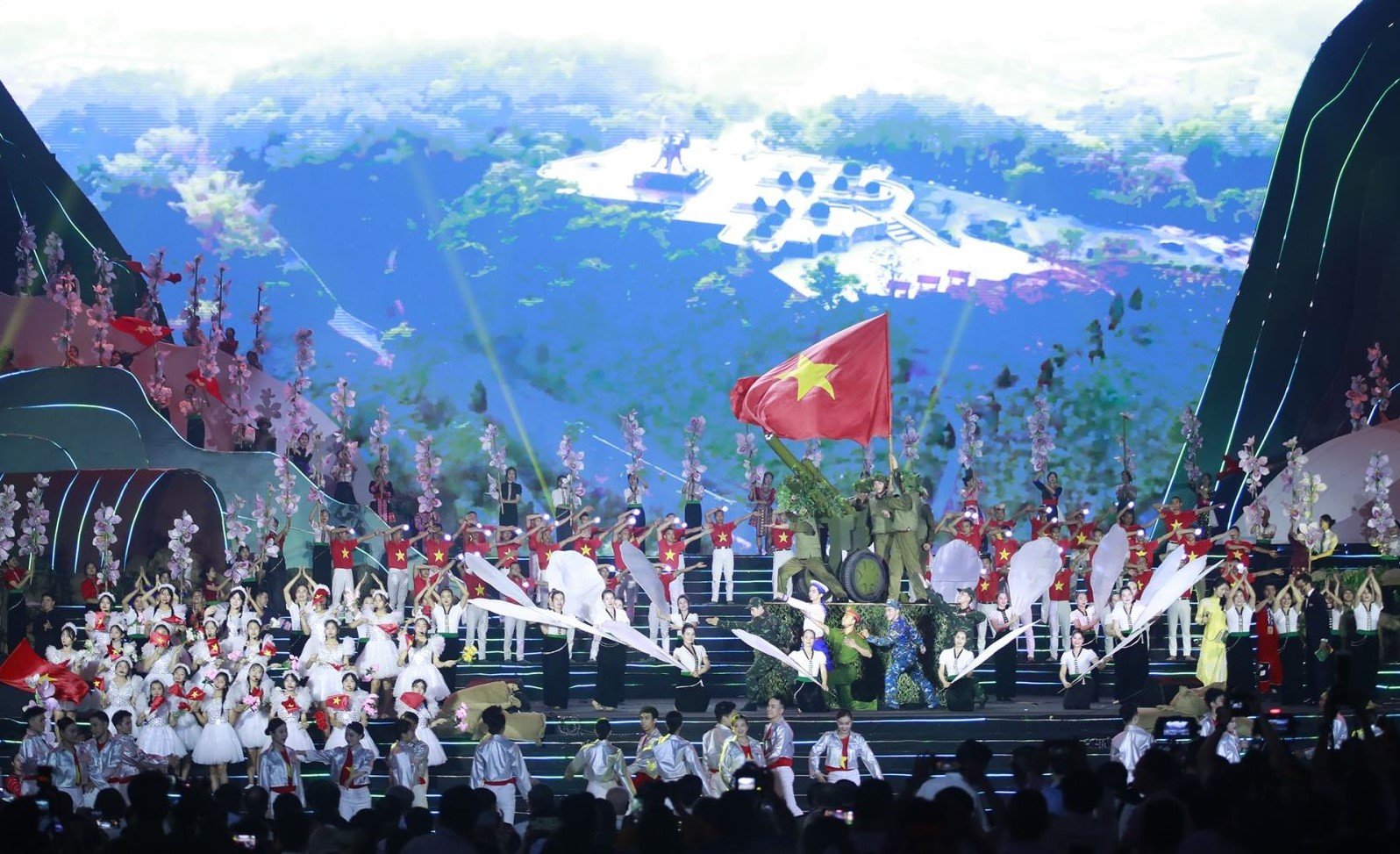
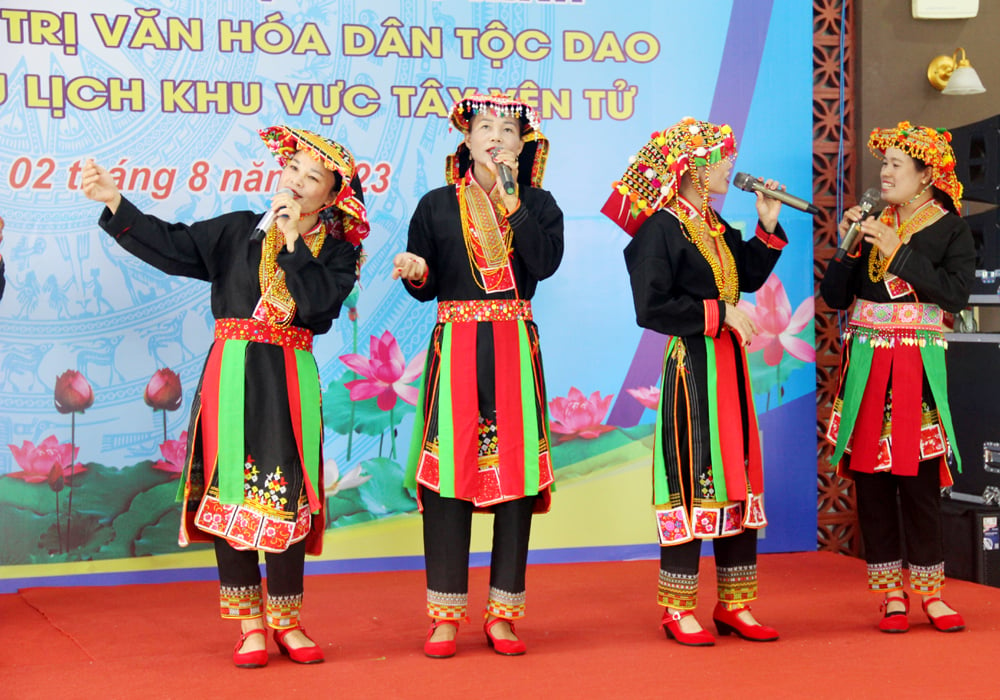
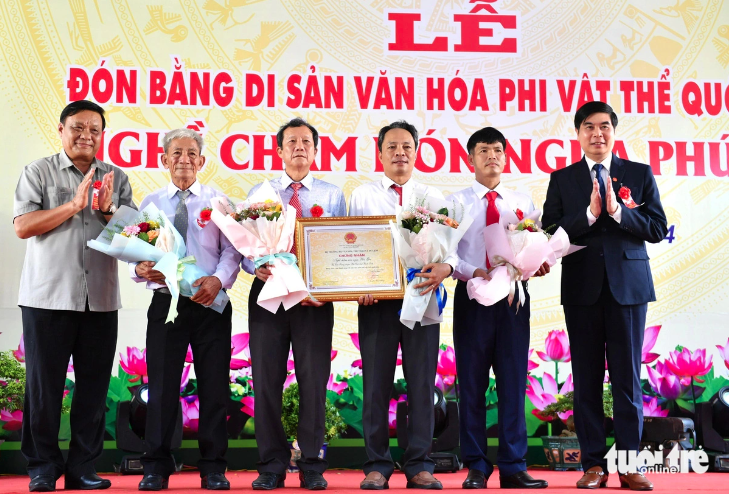
![[Photo] Myanmar's capital in disarray after the great earthquake](https://vstatic.vietnam.vn/vietnam/resource/IMAGE/2025/4/1/7719e43b61ba40f3ac17f5c3c1f03720)














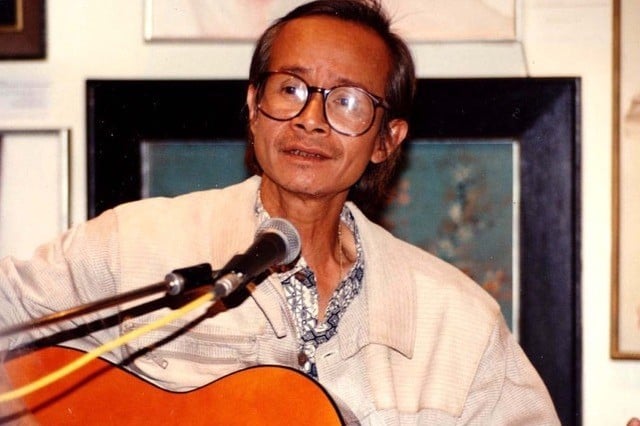













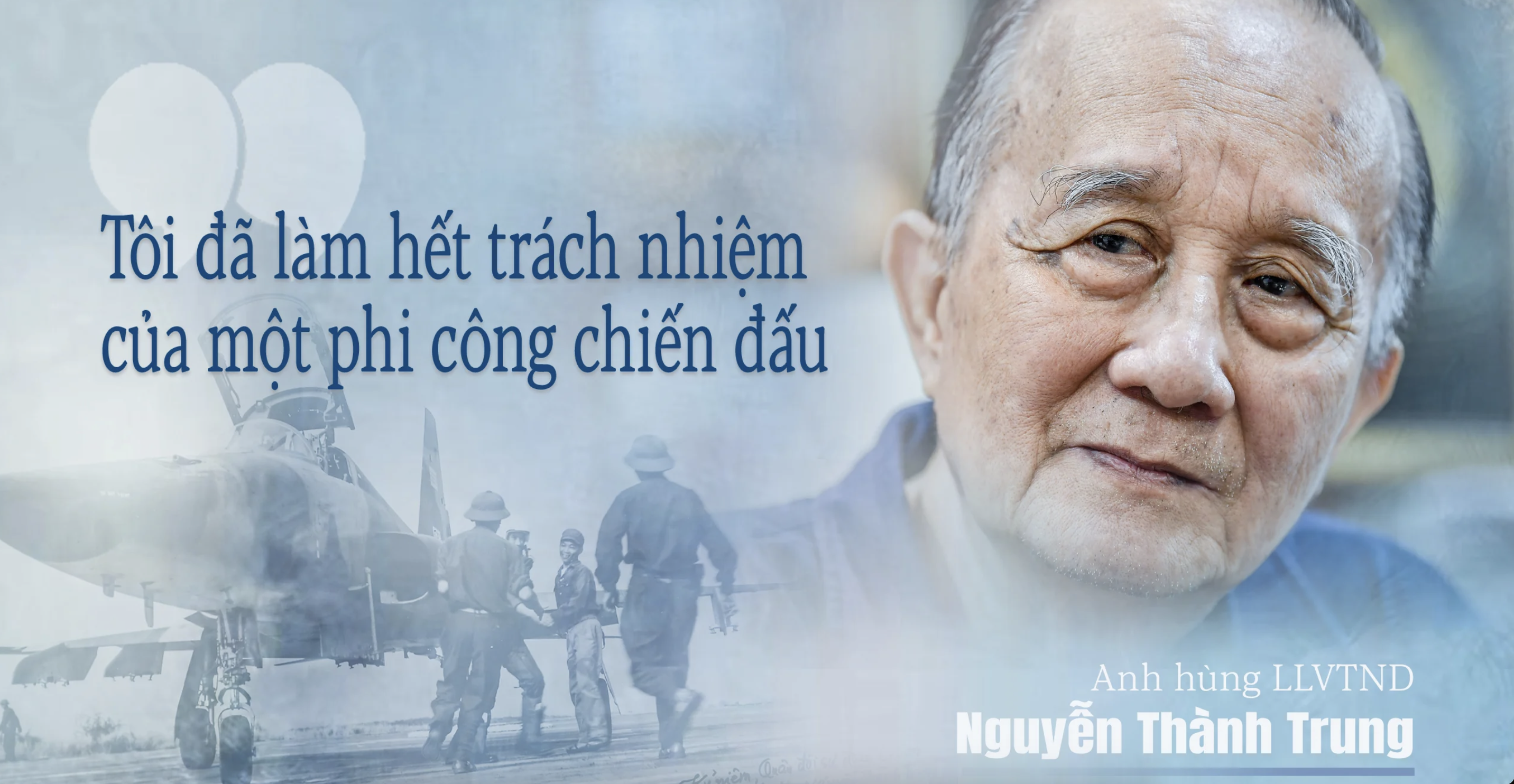
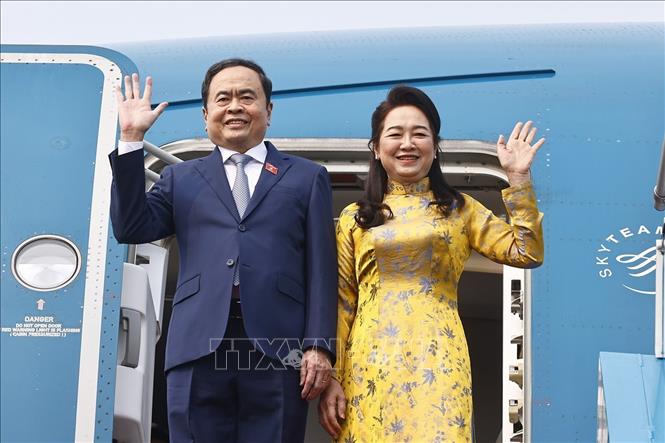





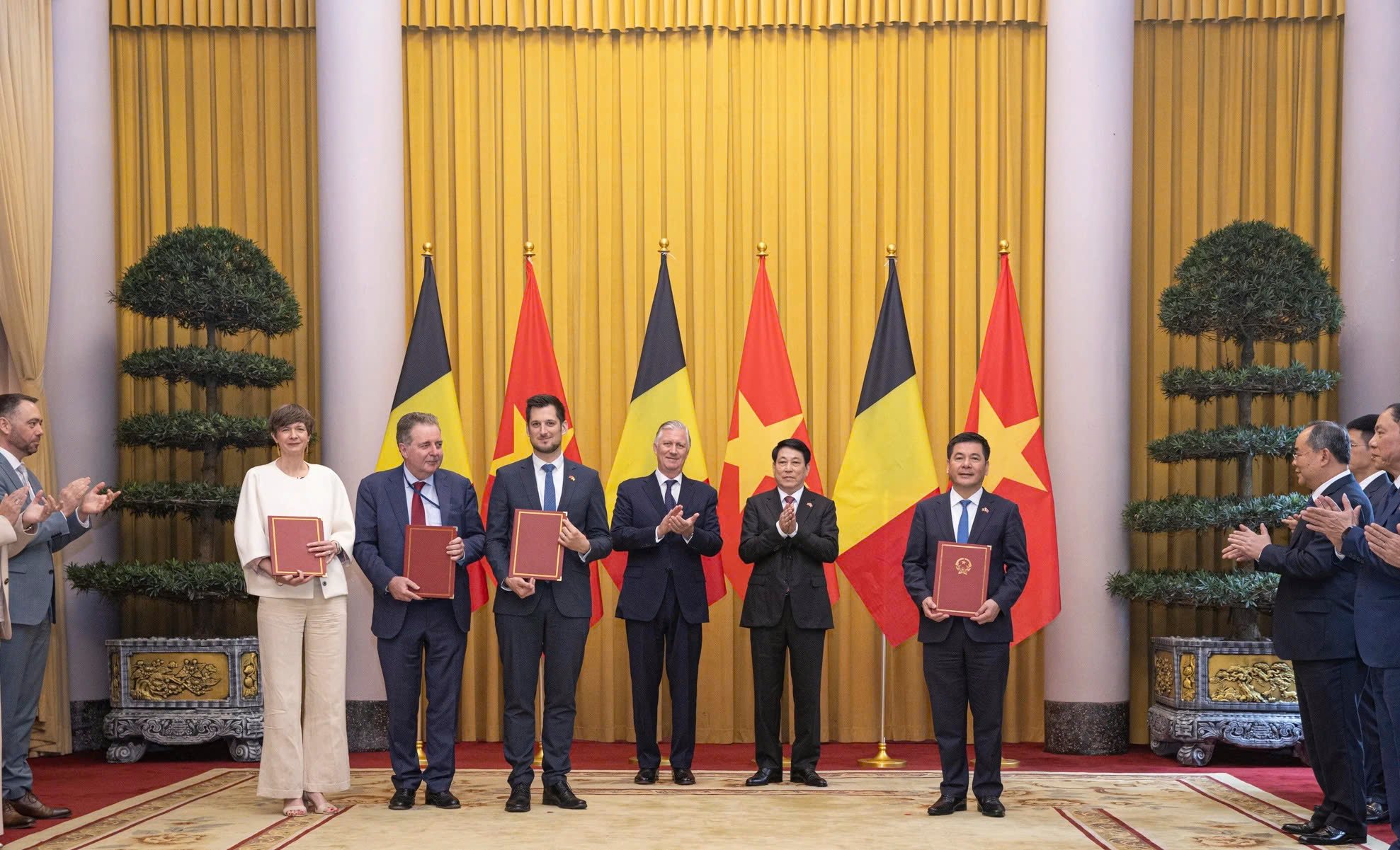




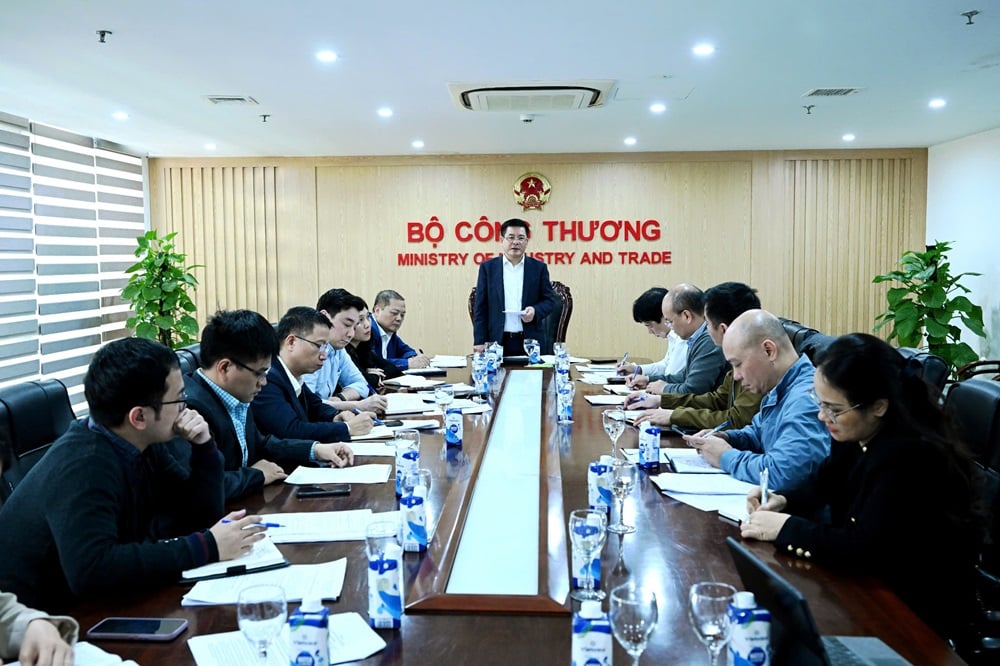
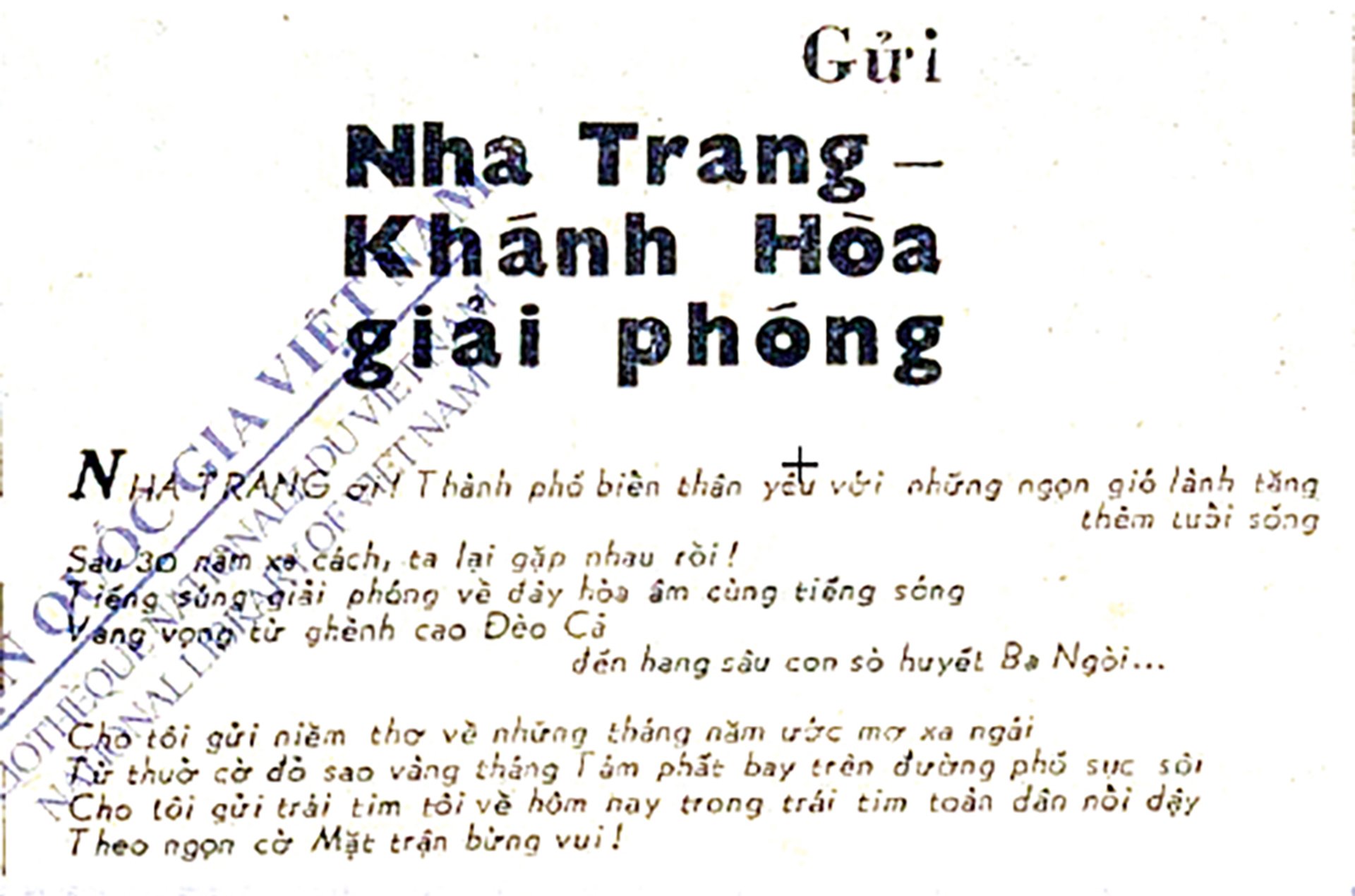



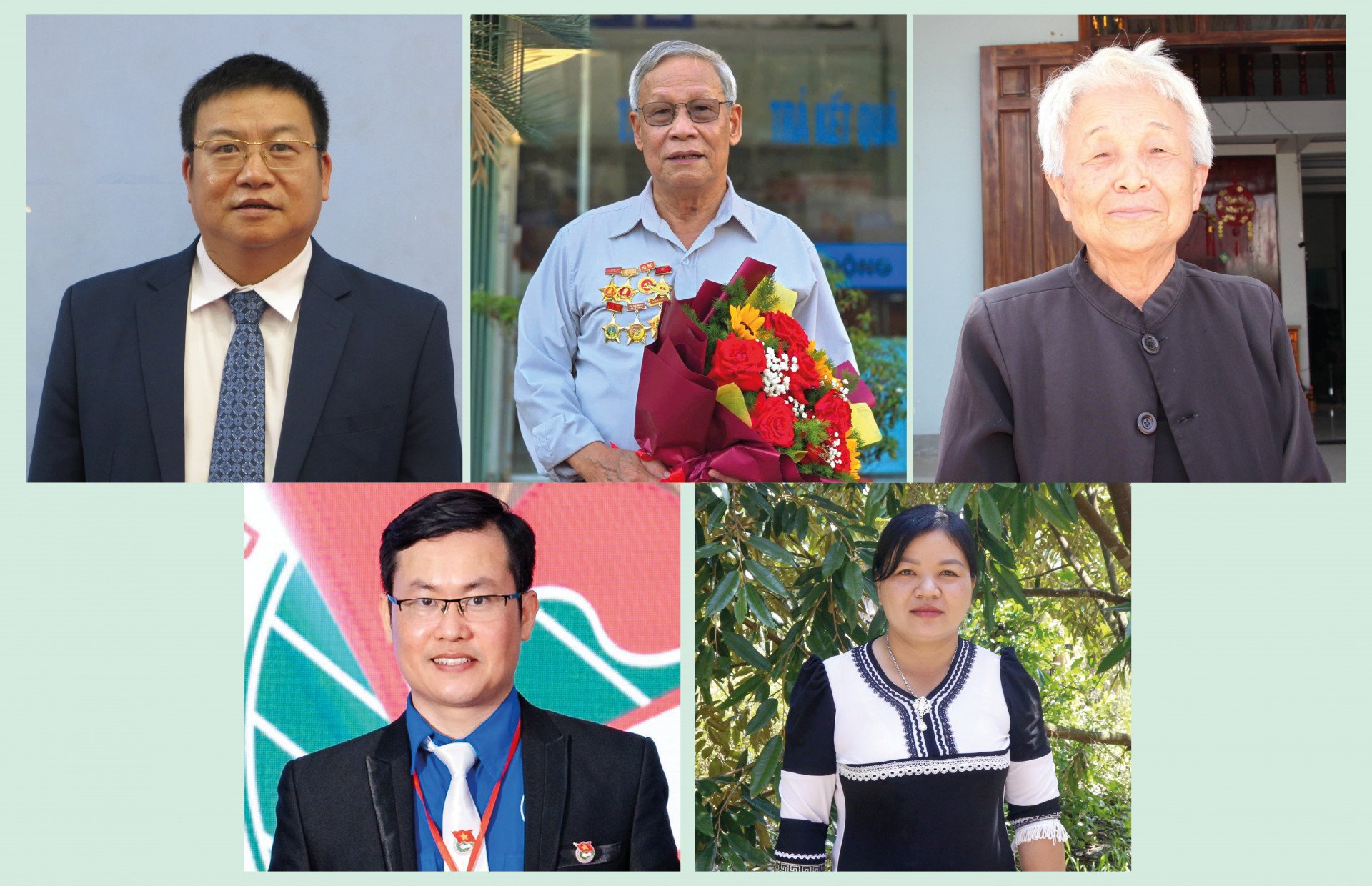
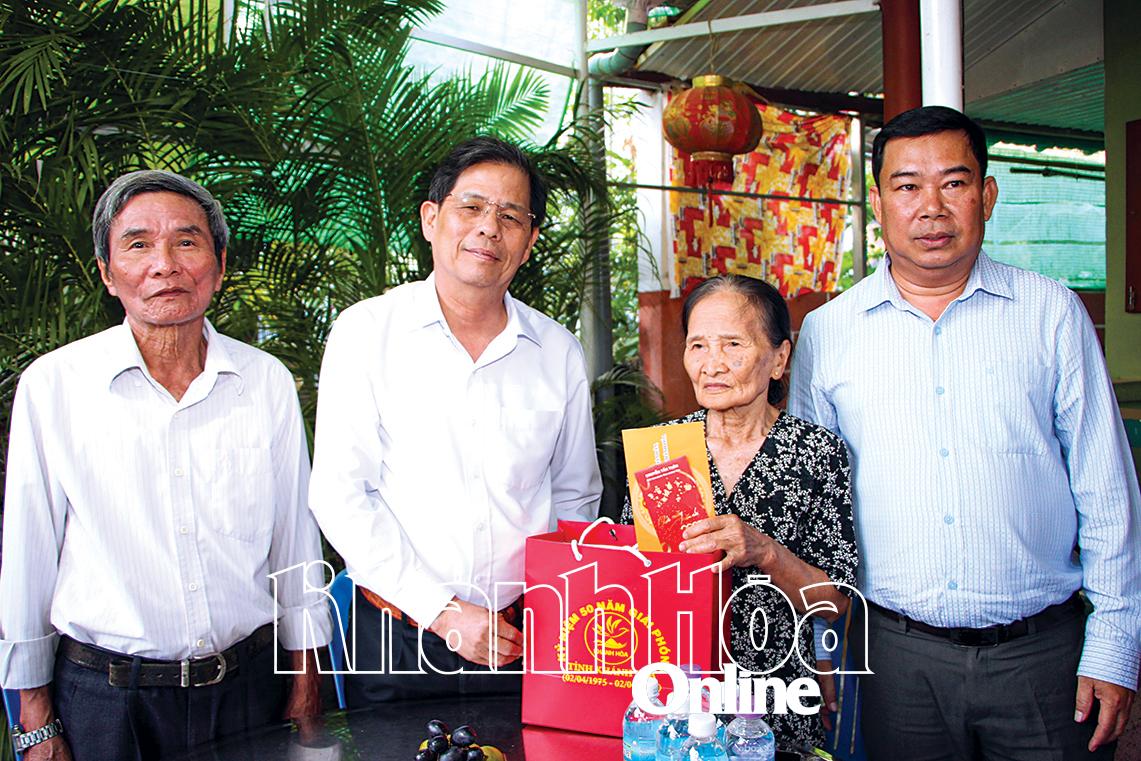




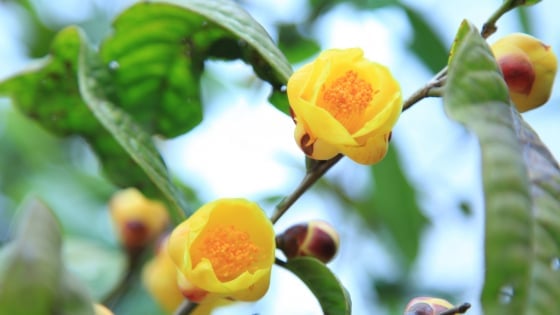

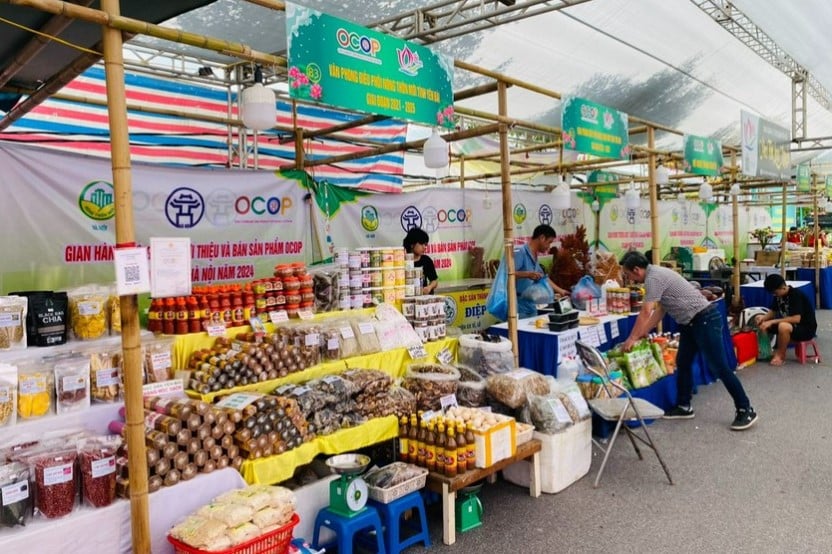
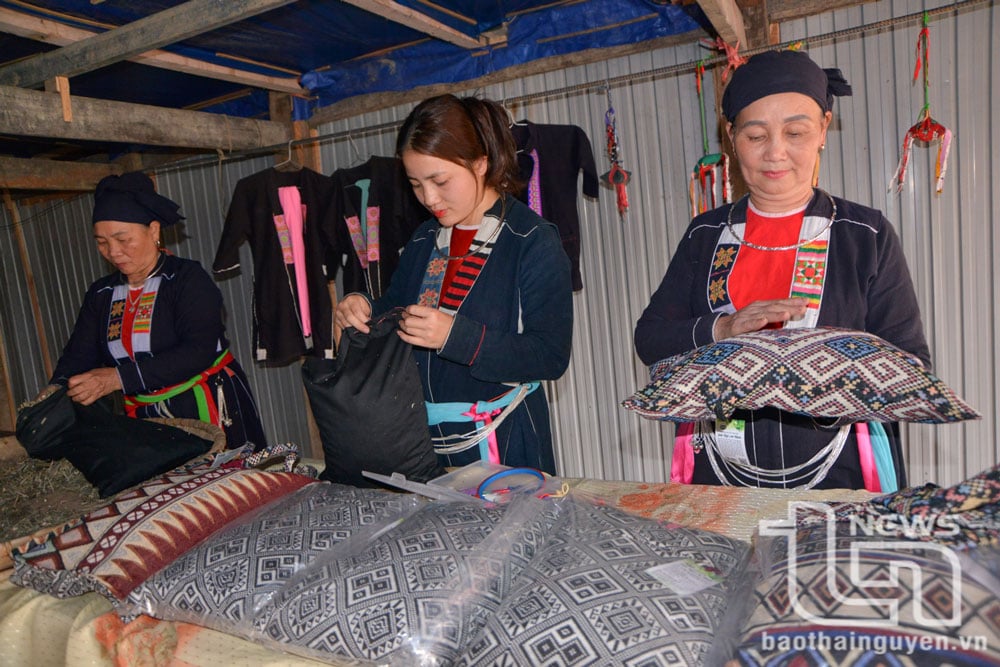



Comment (0)